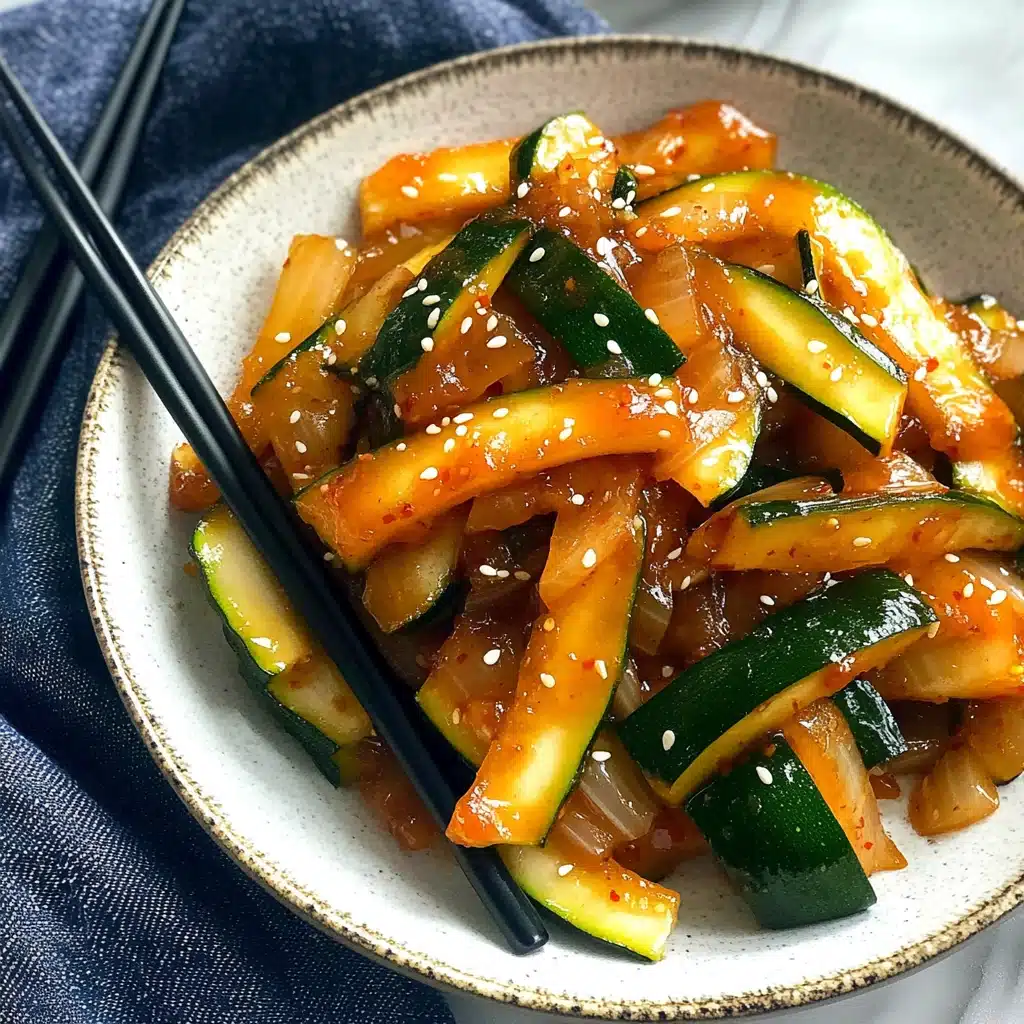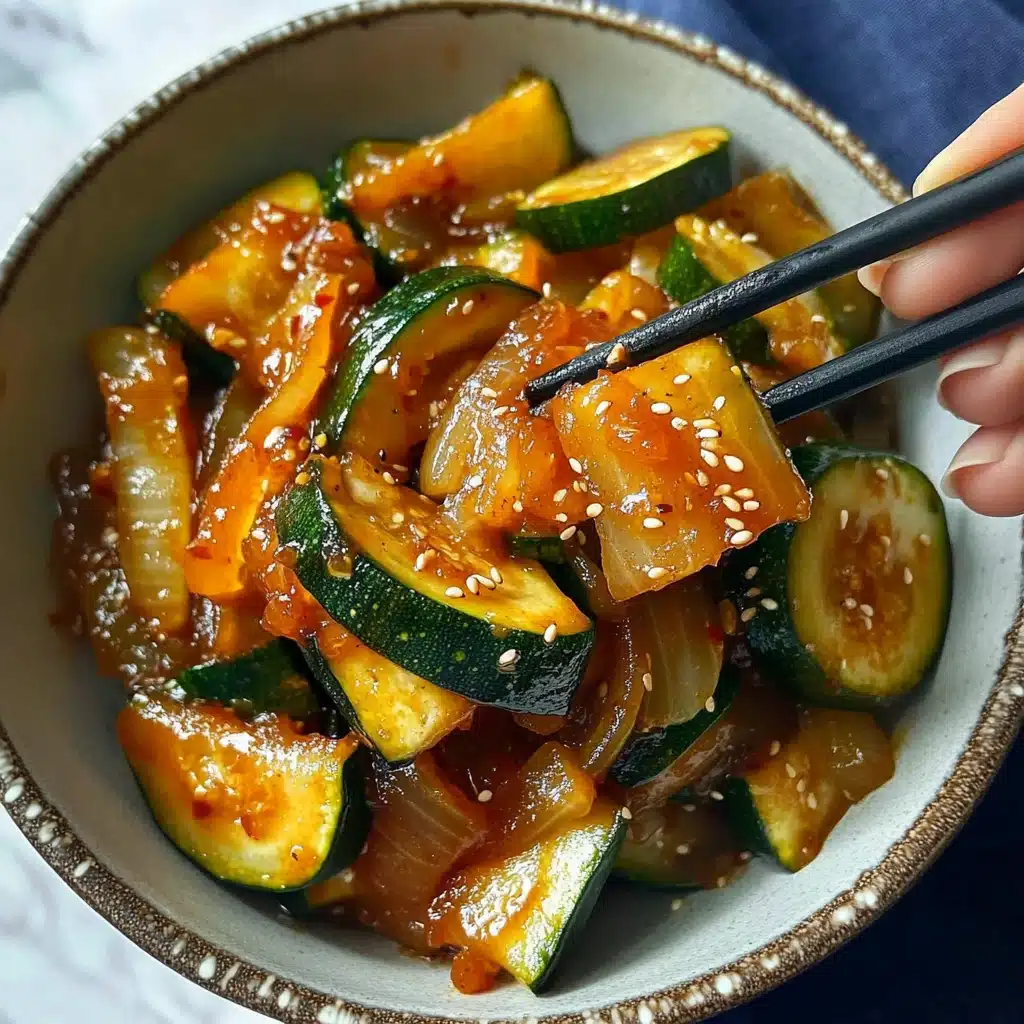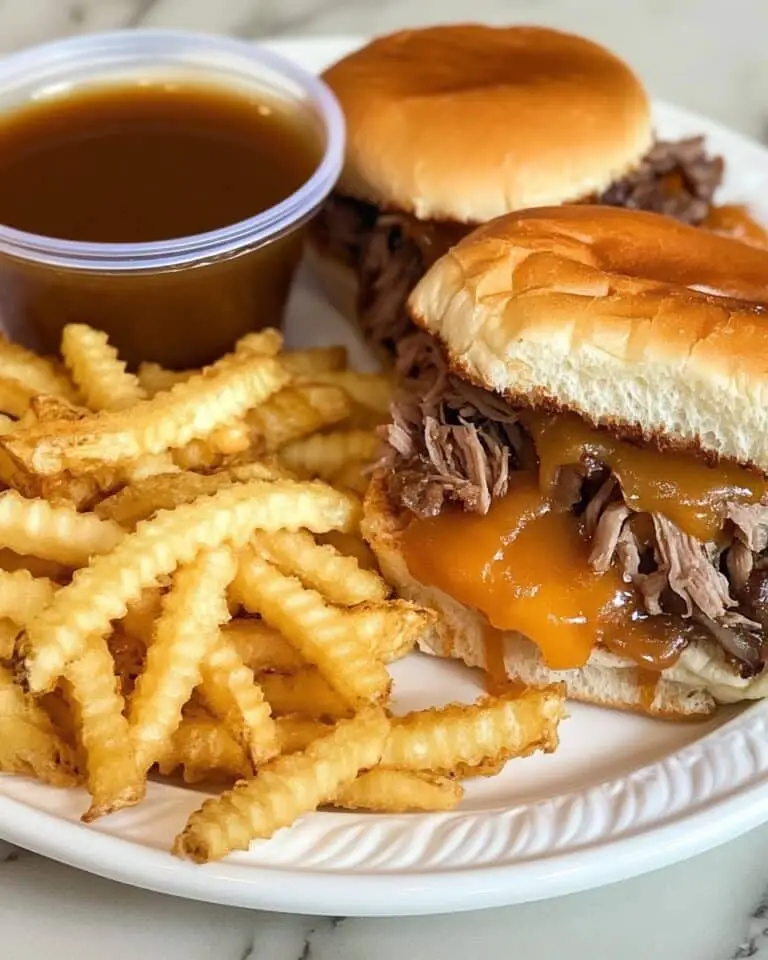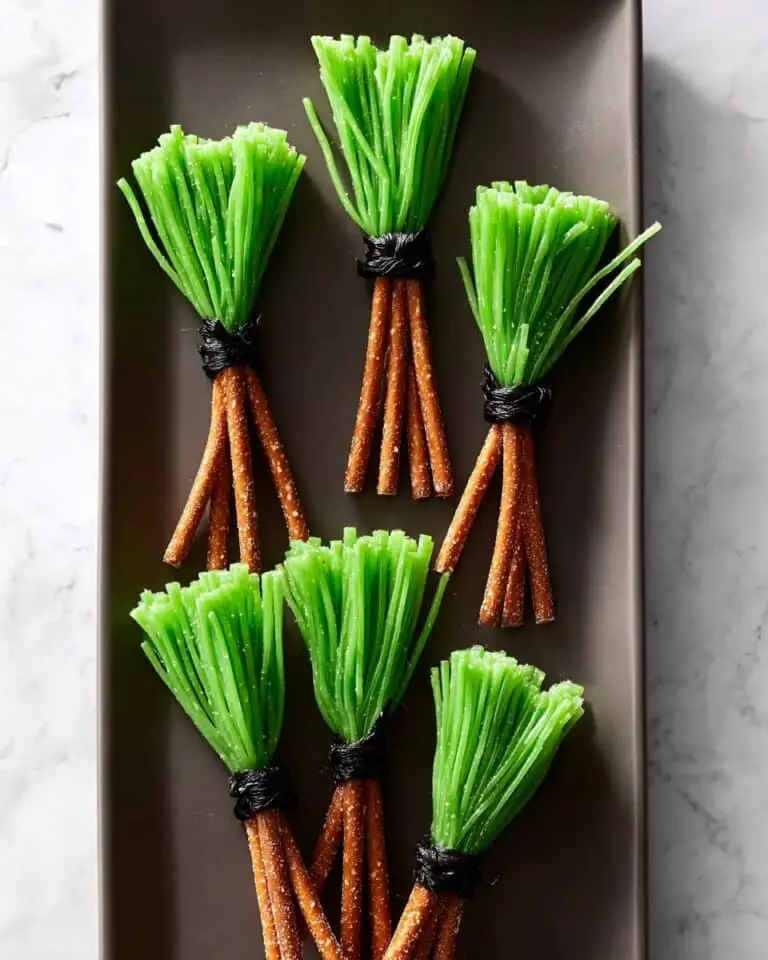Get ready to fall in love with Hibachi Vegetables—those dazzlingly savory, sizzling morsels you know and crave from your favorite Japanese steakhouse. Bursting with umami and a spark of sesame, these quick, vibrant veggies are everything you want on your plate: bold, colorful, and utterly irresistible.
Why You’ll Love This Recipe
- Lightning-Fast: Dinner (or a side!) is on the table in under 25 minutes, thanks to quick prep and speedy cooking.
- Flavor Fireworks: Sesame oil, soy sauce, and caramelized veggies create a crave-worthy, bold umami punch with every bite.
- Just Like Hibachi-at-Home: Recreate that special Japanese steakhouse magic right in your own kitchen—no need for a teppanyaki grill (or a chef in a tall hat!).
- Vegan & Gluten-Free-Friendly: With a couple of swaps, this recipe welcomes all eaters to the table.

Ingredients You’ll Need
Hibachi Vegetables are all about letting a few humble ingredients shine. Each element brings its own texture, color, or signature flavor; together, they create pure magic—no fancy tricks required!
- Sesame oil: This is your flavor MVP, infusing the veggies with a deep, toasty aroma. Toasted sesame oil gives the best results, but regular works too.
- Onion: Cutting the onion into long, thick slices helps it hold up to the hot pan and develop a lovely sweetness as it browns.
- Zucchini: Cut into hearty sticks, zucchini soaks up all the saucy, savory goodness while delivering a soft, juicy bite.
- Soy sauce: The ultimate umami booster—if you’d like gluten-free, just swap in tamari or coconut aminos.
- Sesame seeds: Added near the end, these bring a gentle nutty crunch and classic hibachi look.
- Kosher salt: Brings out the natural sweetness in both onions and zucchini, rounding out the flavors.
- Black pepper: A must for just a touch of warmth and contrast to all that umami.
Variations
One of the best things about hibachi vegetables is how easy it is to switch things up. Whether you’re working with the contents of your fridge or catering to special diets, this recipe bends to your taste without missing a beat.
- Add Mushrooms or Peppers: Toss in sliced mushrooms, bell peppers, or even snap peas for extra color and flavor.
- Spicy Kick: Sprinkle in a pinch of crushed red pepper flakes or drizzle with sriracha at the end for a gentle (or bold) heat.
- Ginger & Garlic: For a deeper, aromatic lift, sauté finely chopped garlic or ginger with the onions right at the start.
- Low-Sodium or Gluten-Free: Use low-sodium soy sauce or swap in tamari/coconut aminos for a gluten-free option that still delivers big on flavor.
How to Make Hibachi Vegetables
Step 1: Sear the Onions
Start by preheating your skillet over medium-high heat until it’s nice and hot—this gives you that irresistible hibachi-style char. Add 1 tablespoon of sesame oil, and when it shimmers, toss in your sliced onions. Let them cook for about 3 minutes without stirring too much, so they have a chance to caramelize and get those sweet, golden edges.
Step 2: Add and Brown the Zucchini
Next, scatter in those gorgeous sticks of zucchini. Let them cook, mostly undisturbed, for 4 to 5 minutes—this is the trick for a bit of browning and a lovely, snappy-tender texture. Resist the urge to stir too often! That surface contact is key for delicious flavor.
Step 3: Season and Finish the Dish
Drizzle in the remaining tablespoon of sesame oil, followed by a splash of soy sauce, a sprinkle of sesame seeds, kosher salt, and black pepper. Give everything a gentle toss so the veggies are well-coated and glossy. Let it cook for just another 1 to 2 minutes—enough to meld the flavors and finish cooking the vegetables while keeping them vibrant and crisp-tender. Serve warm and enjoy your homemade hibachi vegetables!
Pro Tips for Making Hibachi Vegetables
- High-Heat Is Key: Use a heavy skillet or wok and cook over medium-high to high heat—this delivers that signature hibachi char without overcooking the veggies.
- Slice Uniformly: Cut the onions and zucchini into even, thick slices so everything cooks at the same pace and you avoid mushy bits.
- Don’t Stir Too Much: Let those vegetables sit in the hot pan to develop crispy edges; frequent stirring will steam rather than sear them.
- Finishing Touch: Add sesame seeds at the very end so they stay crunchy and aromatic, not soggy.
How to Serve Hibachi Vegetables

Garnishes
Top your finished hibachi vegetables with an extra shower of toasted sesame seeds, a scattering of thinly-sliced green onions, or even a light drizzle of chili oil for a dash of heat. A squeeze of lemon over the top right before serving adds brightness that really wakes up the dish.
Side Dishes
Hibachi vegetables are a dream alongside classic fried rice, steamed jasmine rice, or tender noodles. They also pair beautifully with grilled meats, crispy tofu, or other hibachi staples for a complete dinner that’s veggie-forward and comforting.
Creative Ways to Present
For a fun and festive feel, serve hibachi vegetables in a sizzling cast iron dish—just like your favorite restaurant. Or, try layering the veggies in beautiful bowls with vibrant pickled ginger, nori strips, or fresh herbs for a DIY Buddha bowl effect. Individual serving spoons or colorful chopsticks can make even a simple meal feel special.
Make Ahead and Storage
Storing Leftovers
Place any cooled hibachi vegetables in an airtight container in the refrigerator. They’ll keep their flavor and texture for up to 3 days, making them great for meal-prep lunches or quick sides throughout the week.
Freezing
While you can freeze hibachi vegetables, their texture may soften once reheated. For best results, spread the cooled veggies on a tray to freeze individually before transferring to a freezer bag—this helps prevent them from sticking together.
Reheating
To reheat, toss the vegetables in a hot skillet for a few minutes until warmed through—this revives their texture and keeps them from turning mushy. A quick zap in the microwave works, too, but a skillet delivers the very best results.
FAQs
-
Can I use different vegetables for hibachi vegetables?
Absolutely! Feel free to add mushrooms, carrots, bell peppers, snap peas, or even broccoli—just cut everything into similar sizes for even cooking and keep the overall quantity about the same for best results.
-
What type of pan is best for making hibachi vegetables at home?
A heavy-bottomed skillet, cast iron pan, or wok is ideal. The goal is to use something that can get very hot and maintain that heat, allowing your veggies to achieve a beautiful char a hibachi grill imparts.
-
Is this recipe gluten-free?
It can be! Simply switch the soy sauce for a gluten-free alternative like tamari or coconut aminos, and always check your sesame seeds for cross-contamination if needed.
-
Can I make hibachi vegetables ahead of time?
Yes, these vegetables store well for up to 3 days in the fridge. Reheat them quickly in a hot skillet to restore their texture and fresh-out-of-the-skillet flavor.
Final Thoughts
If you’re looking to bring some sizzle and a bright pop of flavor to your next meal, hibachi vegetables are exactly what you need. With just a few everyday ingredients, this recipe brings restaurant excitement to your own kitchen—give it a try, and you might just find your new favorite way to enjoy veggies!
Print
Hibachi Vegetables Recipe
- Prep Time: 10m
- Cook Time: 12m
- Total Time: 22m
- Yield: Serves 4
- Category: Side Dish
- Method: Pan-Frying
- Cuisine: Asian
- Diet: Vegetarian
Description
A flavorful and simple recipe for hibachi-style vegetables cooked to perfection in sesame oil and soy sauce, topped with sesame seeds. This dish is a delightful blend of onions and zucchinis, seasoned with just the right amount of salt and pepper.
Ingredients
Ingredients:
- 2 tablespoons sesame oil, divided
- 1 medium onion, cut into 1/2-inch slices 2 to 3 inches long
- 2 medium zucchinis, cut into 1/2-inch sticks 2 to 3 inches long
- 2 tablespoons soy sauce
- 1 tablespoon sesame seeds
- 1/2 teaspoon kosher salt
- 1/2 teaspoon black pepper
Instructions
- Preheat Skillet: Preheat a skillet on medium-high heat. Add 1 tablespoon of oil and let it heat up for 30 seconds.
- Cook Onions: Cook the onions for 3 minutes.
- Add Zucchini: Add the zucchini and cook for an additional 4 to 5 minutes without moving them too much to allow browning.
- Season: Add the remaining oil, soy sauce, sesame seeds, kosher salt, and black pepper.
- Final Cooking: Cook for 1 to 2 minutes until the vegetables are cooked through.
- Serve: Serve warm and enjoy!
Nutrition
- Serving Size: 1 serving
- Calories: 120
- Sugar: 4g
- Sodium: 530mg
- Fat: 9g
- Saturated Fat: 1.5g
- Unsaturated Fat: 6g
- Trans Fat: 0g
- Carbohydrates: 10g
- Fiber: 2g
- Protein: 2g
- Cholesterol: 0mg








